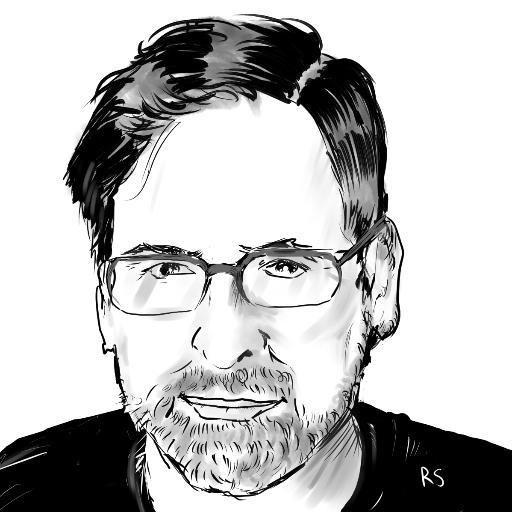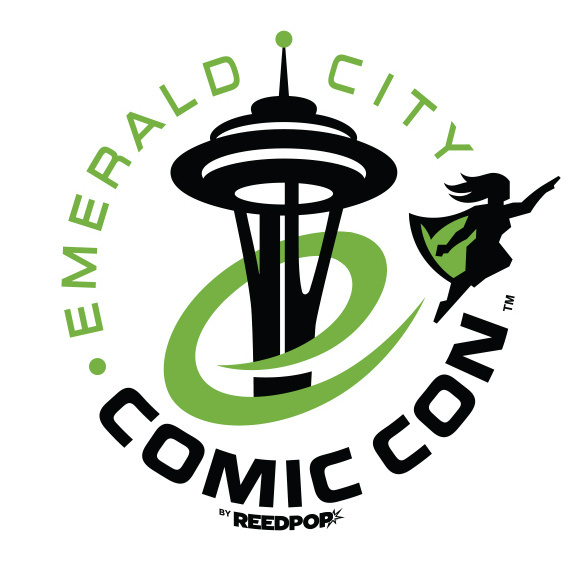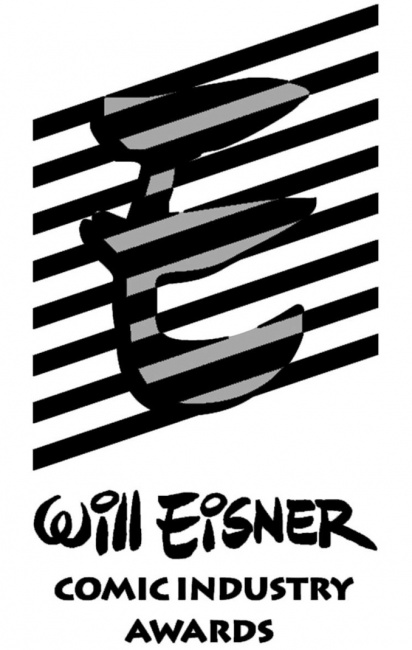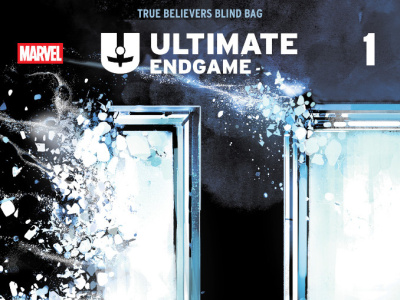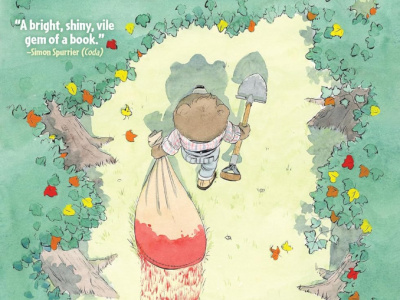The first of the year’s big conventions, Emerald City Comic Con, just wrapped up its 22st edition over a long weekend in Seattle. The show was expected to bring in about 85,000 over the four days and it might have gotten there. Badges were sold out Friday and Saturday and showrunner Kristina Rogers (ReedPOP VP, Comics Portfolio), said presales and walk-ups were brisker than last year, at levels not seen since 2019.
Two buildings, plenty of waiting. All conventions are subject to the idiosyncrasies of their facilities, but there are few where the convention center itself is as much of a main character. For most of its life as a big-time show, ECCC has occupied the Washington State Convention Center, with the main exhibit hall on one side of the street connected to a "conference center" with panel rooms via a skybridge. That made for a confusing situation, as room numbers were repeated on both sides of the structure.
Last year, ECCC moved into Seattle’s glittering new six story convention center two blocks away, which increased nominal capacity by nearly 50%. As the very first convention in the space, there were still a few bugs that fans expected to be worked out in later shows.
ECCC 2024 not only filled the entire new convention center, with the sizeable artists and small press area on the main floor, the exhibit hall in the basement, and panels and events scattered through the upper stories around the atrium; it also held panels, autograph signings, badge registration, and a few exhibits in the old building.
Getting any fans to go offsite even a short distance can be a big ask. On a weekend where Seattle lived up to its reputation for rain and gloom, it felt gratuitous. But, remarkably, it worked out well. At least in my own experience, the four panels I did in the old building met and often exceeded my attendance expectations, and the celebrity autograph area was buzzing. According to some online feedback, the photo op experience was not always smooth, and advice given by event staff was inconsistent, but these felt like the normal levels of griping and glitches you’d see at any show of this size.
A fan show, not a collectors show. ECCC started out as a great show for collectors of comics, toys and art, but it has trended toward a fan show emphasizing celebrities and general merchandise since the ReedPOP acquisition in 2016. In a year when the collectibles market is still recovering from the COVID hangover, there was no question where this year’s ECCC stood. Most exhibitors in the cavernous downstairs dealers room were selling craft items, 3D printed gaming accessories, apparel and art prints. Metropolis Collectibles and Harley Yee had booths set up, along with Heritage Auctions promoting its upcoming event, but most of the dealers I spoke to complained about slow sales on Saturday and Sunday following a promising start, and few local collectors coming forward with consignments.
Upstairs, the artists were doing better. ECCC features an unusually large and prominent artist area in the main atrium level, featuring natural light and even sunshine in the occasional breaks from the gloom. One artist told me this was their best show of the year by far, consistently outperforming San Diego in terms of overall volume and revenue after expenses. Featured artists like Jimmy Palmiotti, Amanda Conor, Tula Lotay and Liam Sharp anchored a strong assortment of local and regional talent from the west coast and beyond.
Few publishers or announcements. If there was ever a moment where ECCC was an important show for publishers or industry business, that moment is not now. This was a quiet show for the most part, with only a few companies like Bad Idea sharing news at their panels. There was some programming Thursday for educators and librarians, and a few panels dispensing advice to aspiring creators. On Friday, my panel on digital comics yielded some interesting insights into the contrasting strategies of GlobalComix, Omnibus and Manta (who were all present), but generally little news was made.
About the Eisner Hall of Fame. Perhaps you saw that the Eisner Awards Hall of Fame Committee, meeting this year for the first time as a separate body from the main Eisner judges, announced its slate of 19 judges’ choices last week (see "Gary Groth, Ron Turner, James Warren Named to Eisner Hall of Fame"). It’s a thoughtful list, full of interesting choices from a historical perspective, especially if you see the Eisners’ role as bringing attention to the unjustly neglected or underrated.
That’s a worthy goal, but to me, it is the polar opposite of what is meant by a "Hall of Fame." Look at the list of folks newly or recently eligible because their first professional work appeared prior to 1989: Mike Mignola, Dan Clowes, Dwayne McDuffie, Jill Thompson, Mike Richardson, and all the Image founders, for starters (McFarlane appeared on the voters ballot last year but he wasn’t elected).
If there is something called a Hall of Fame, it should start with the actually famous, and those – particularly the "big three" Image cofounders - are some of the very few people who have literally become famous for making comics! Whatever you may think of them personally, the aesthetics of their work, or their business practices, they are among the most consequential figures in the history of the American comics industry at the moment when the comics industry was itself becoming important. And most of them continue to work in the business, sell comics, and engage fans.
In sports or other contexts, the all-time legends are the ones who make it in the first year they are eligible. When the institution is selective and fans can see that figures they personally experienced as awesome shuttled to the front of the line, it makes the distinction feel more special and the conversations around it feel more relevant.
It is fine to have an "old-timers committee" to make space for the fondly remembered, the dependable professionals and the roleplayers, but it seems to me those selections would feel more impactful in small, measured doses, prioritizing those who are still around to bask in the honors, while trusting future panels or perhaps even the voters to redress remaining historical injustices. 19 in one shot, before we even get to the voting, sure feels like a lot.
Anyway, congratulations to this year’s inductees. I’ll be looking forward to seeing which leftovers I get to vote for.
The opinions expressed in this column are solely those of the writer, and do not necessarily reflect the views of the editorial staff of ICv2.com.
Rob Salkowitz is the author of Comic-Con and the Business of Pop Culture and an Eisner-Award nominee.
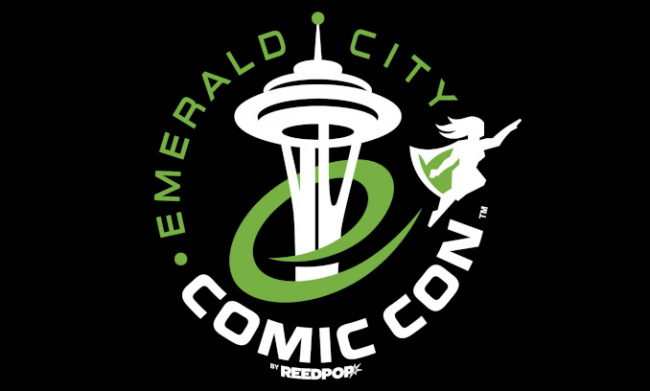
By Rob Salkowitz
Posted by Rob Salkowitz on March 5, 2024 @ 2:11 pm CT
MORE COMICS
For 'Ultimate Endgame' #1
August 20, 2025
Marvel Comics has revealed that it will use a blind bag program to promote the first issue of Ultimate Endgame, the five-issue event series.
As Eventful Hearing Continues for Third Day Wednesday
August 20, 2025
Image Comics has reached a settlement in its dispute over consignment inventory, and an eventful hearing continues for a third day.
MORE COLUMNS
Column by Rob Salkowitz
August 19, 2025
For Horror Week, columnist Rob Salkowitz asks whether the horror boom can help get us through a moment full of woe and dread.
Column by Scott Thorne
August 18, 2025
This week, columnist Scott Thorne discusses some of the most frightfully fun games of the year for Horror Week.



